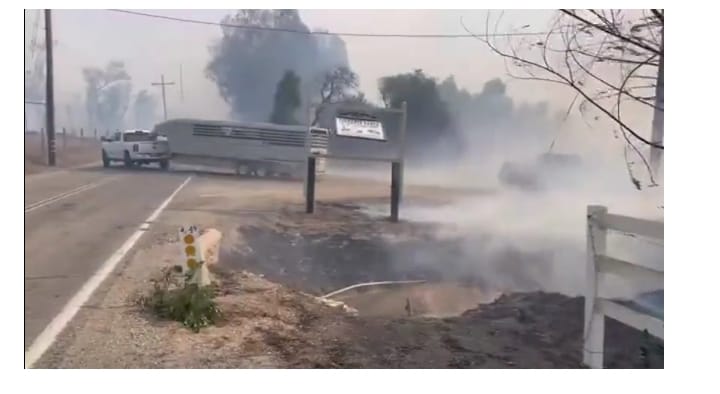continue to encroach on the region. Early estimates suggest that tens of thousands of dollars in crops may be threatened, with long-term economic impacts likely for agricultural workers and business owners.
Community Response and Voluntary Evacuations
Community organizations and local volunteers have rapidly organized to support evacuees and first responders. Temporary shelters at local high schools and churches have been overwhelmed with offers of food, water, blankets, and essential supplies. Local businesses have also stepped up, offering shelter, meals, and donations.
Voluntary evacuations are advised for residents in bordering areas outside the mandatory zones. While not under direct threat, these residents are urged to prepare for possible evacuation, ensuring they have essential documents, medications, and belongings packed and ready to go at a moment’s notice.
Preparing for the Long Haul: What’s Next in the Firefighting Strategy
As night falls, crews are preparing for an intensive, overnight operation to contain the fire. Firefighters are focusing on establishing defensive lines to protect homes, using bulldozers and hand tools to clear vegetation and create firebreaks. Nighttime operations, while essential, pose additional dangers, with limited visibility and shifting winds further complicating efforts.
Fire officials expect the firefighting effort to continue for at least several days, depending on whether wind conditions improve. Fire containment strategy is currently divided into two main areas: protecting critical structures and containing the
